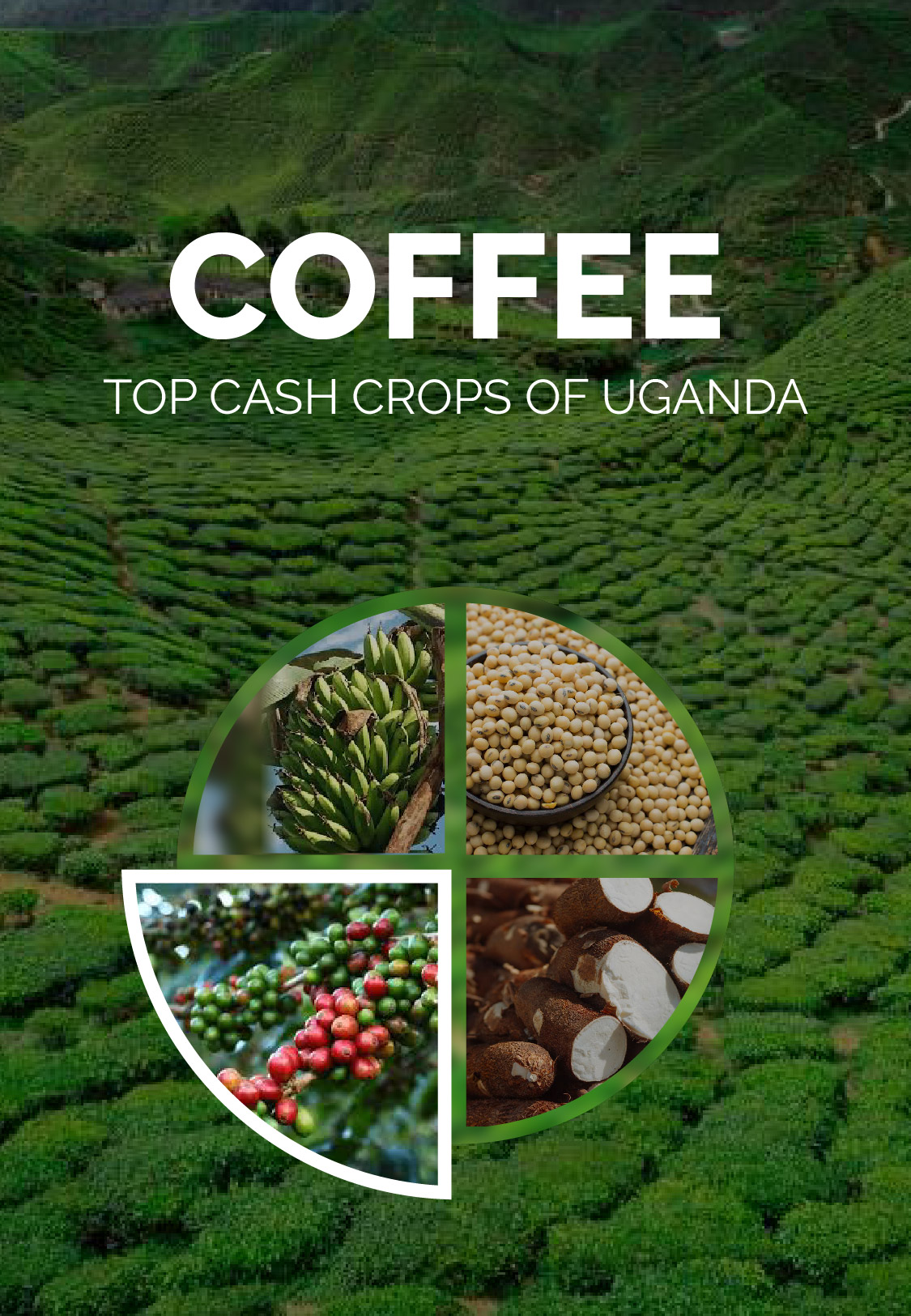Introduction: In the heart of Africa, where agriculture intertwines with tradition, a practice known as cattle pen fattening has gained prominence as a way to enhance the quality of cattle and bolster livelihoods. This practice, which combines modern knowledge with time-tested techniques, is making a tangible impact on the continent's livestock industry.
The Art of Fattening: Cattle pen fattening is a strategic approach that involves placing cattle in controlled environments, often referred to as feedlots or pens, where they receive specialized diets and care. This method is employed to accelerate weight gain and improve the overall condition of the animals, ultimately increasing their market value.
Nutrition as the Key: At the heart of cattle pen fattening lies a profound understanding of nutrition. African farmers carefully formulate balanced diets that include grains, forage, protein supplements, and minerals. These diets are tailored to meet the specific nutritional needs of the cattle, optimizing growth and development.
Local Adaptations: While the concept of cattle pen fattening has global roots, African farmers have embraced local adaptations. Indigenous feed resources, such as crop residues and locally available feeds, are ingeniously incorporated into the diets. This not only reduces costs but also aligns with sustainable agricultural practices.
Management and Care: Cattle pen fattening demands meticulous management and care. Farmers monitor the animals closely, ensuring their health, behavior, and dietary needs are met. Adequate space, clean water, and shelter from harsh weather conditions contribute to the well-being of the cattle.
Market Advantage: Cattle that undergo pen fattening stand out in the market for their improved weight, meat quality, and overall appearance. African farmers recognize the market advantage of well-fattened cattle, and the practice enables them to command better prices, thus enhancing their income.
Rural Empowerment: Cattle pen fattening transcends mere livestock management; it holds the promise of rural empowerment. By investing in this practice, farmers are not only enriching their own livelihoods but also contributing to food security and economic growth within their communities.
Knowledge Exchange: In Africa, cattle pen fattening is a conduit for knowledge exchange. Farmers share experiences, techniques, and innovations within their communities, creating a dynamic network of expertise that spans regions and generations.
Sustainability and Balance: Sustainable agriculture is at the core of cattle pen fattening in Africa. Farmers recognize the importance of balancing livestock production with environmental stewardship, as responsible practices contribute to soil health and ecosystem preservation.
Future Fortified: As Africa's agricultural landscape continues to evolve, cattle pen fattening remains an essential tool for meeting the demands of a growing population. With an eye toward progress and sustainability, this practice ensures that the continent's rich livestock heritage is fortified for the challenges and opportunities of tomorrow.
In Africa, the story of cattle pen fattening is one of blending tradition with innovation, nurturing cattle to their fullest potential, and fostering prosperity in rural communities. It's a narrative that underscores the intricate connection between agriculture, economics, and the shared aspirations of a continent.










Share